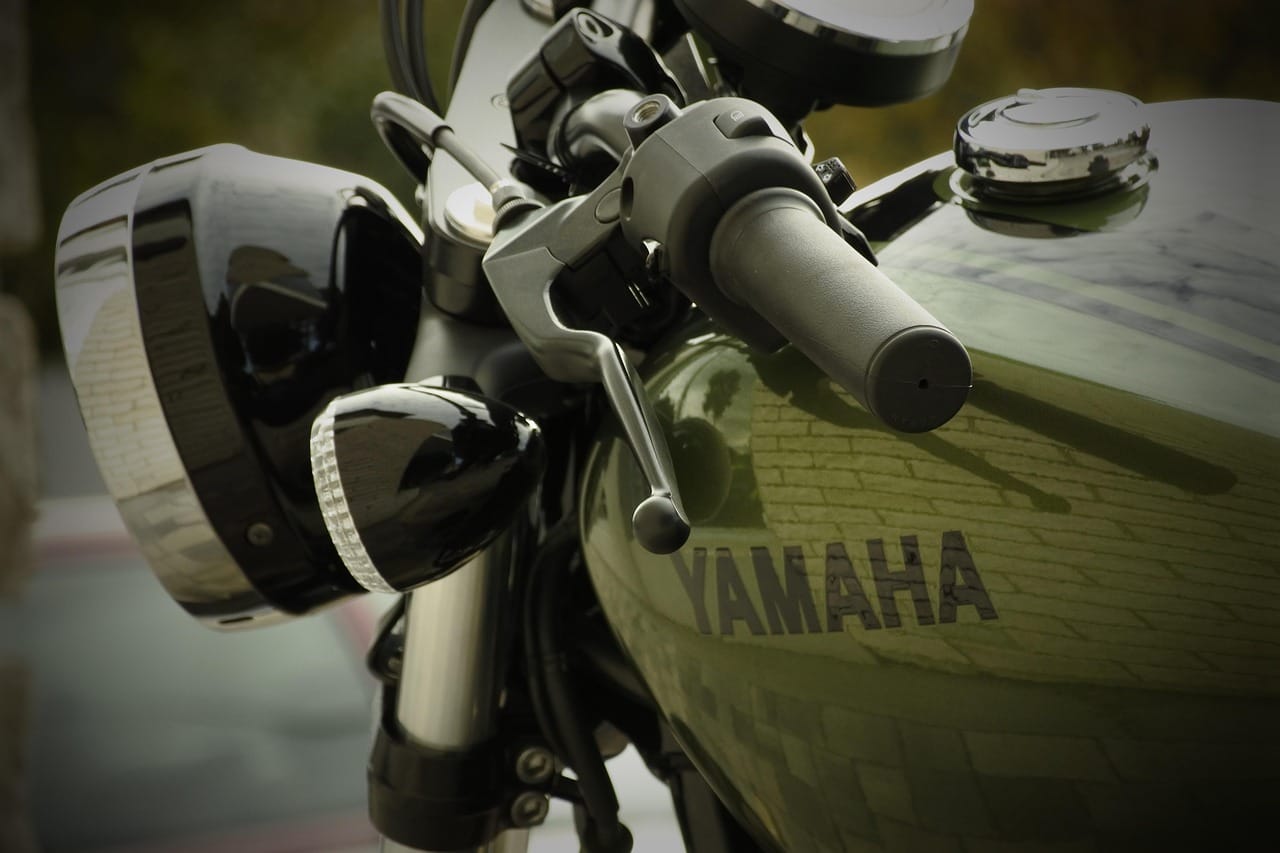In motorcycle innovation in 2026, the conversation often revolves around radar-assisted cruise control, adaptive suspension, or AI traction systems.
But long before these tech trends arrived, Yamaha motorcycles were already embedding timeless engineering that continues to impress even today.
What most riders overlook is that many of Yamaha’s past innovations are still competing toe-to-toe with modern motorcycle tech, not through fancy sensors, but through brilliant mechanical design and rider-first thinking.
Here are 9 underrated Yamaha features that have stood the test of time, and still rival 2026 technology in performance, reliability, and rider experience.

1. Crossplane Crankshaft: The Pulse That Still Defines Performance
The crossplane crankshaft, introduced on the Yamaha R1, remains one of the brand’s greatest innovations.
By offsetting crank pins, Yamaha achieved smoother torque delivery and a distinctive exhaust note that feels almost alive beneath you.
Even in 2026, when brands tout AI torque management, few can match the organic feel of Yamaha’s engineering.
It’s proof that some innovations age like fine wine, not like firmware.
2. Deltabox Frame: The Hidden Backbone of Precision
Yamaha’s Deltabox frame design, used in models like the R6 and FZ1, may not grab headlines anymore, but it’s a handling masterpiece. This lightweight aluminum frame blends rigidity and controlled flex, giving Yamaha motorcycles their famously predictable cornering.
Today’s “adaptive frames” might sound futuristic, yet few riders describe them as naturally balanced as a well-set Yamaha Deltabox bike.
DEEPER DIVE: 10 amazing rooftop bars with a view in Arizona
INDUSTRY INSIGHTS: Want more news like this? Get our free newsletter here
3. EXUP Valve: Smarter Than It Looks
Before modern variable valve timing systems came along, Yamaha’s EXUP (Exhaust Ultimate Power) valve was already optimizing torque and exhaust flow.
It’s a purely mechanical system that improves low-end grunt and mid-range power, and it still works flawlessly on many older Yamaha models.
No software updates, no sensors, just ingenious, enduring engineering.
4. Slipper Clutch: The Unsung Hero of Control
Aggressive downshifting used to be a risky move until Yamaha quietly introduced slipper clutches on several sport and naked bikes.
This feature prevents rear-wheel hop and keeps the ride stable during engine braking.
While 2026 motorcycles may use “smart braking control,” Yamaha’s mechanical approach continues to deliver smoother, more predictable handling, especially for riders who love spirited cornering.
5. YCC-T (Yamaha Chip Controlled Throttle): Ride-by-Wire Before It Was Cool
Yamaha’s YCC-T system was among the first ride-by-wire technologies in production bikes.
Long before “digital throttle maps” became trendy, Yamaha’s version offered lightning-fast response with natural feel, a combo many brands still chase today.
Models like the MT-09 and Tracer 900 equipped with YCC-T continue to prove how Yamaha mastered throttle precision years before others joined the game.
6. Unified Braking System: Subtle Safety That Still Shines
Before cornering ABS and radar-linked systems, Yamaha developed the Unified Braking System (UBS), an intelligent link between front and rear brakes for smoother stops.
It’s an understated safety net that remains remarkably effective, especially in real-world conditions like rain or gravel.
For riders exploring used Yamaha motorcycles through trusted motorcycle dealers, UBS-equipped models offer timeless braking confidence without overcomplication.
7. CP3 Engine Platform: Yamaha’s Triple Triumph
The CP3 three-cylinder engine, powering bikes like the MT-09 and Tracer 900, remains one of the most celebrated engines in modern motorcycling.
Its perfect balance of torque, smoothness, and efficiency still rivals newer engines from 2026.
Yamaha’s commitment to this platform shows how forward-thinking its design was, it didn’t just survive the decade; it defined it.
8. YZF Suspension Tuning: Real-World Precision Over Digital Gimmicks
Yamaha’s suspension geometry and damping setup in models like the YZF-R6 and FZ series were so well-engineered that they still outperform some modern electronically adjustable forks.
The brand’s meticulous focus on real-world feedback, not just track specs, gave these bikes agility and stability that riders continue to praise.
Modern suspension tech may self-adjust, but Yamaha’s mechanical tuning delivers something priceless, predictability.
9. Yamaha’s Aerodynamic Craftsmanship: The Unspoken Advantage
Even before wind tunnel testing became mainstream, Yamaha perfected fairing and body design that combined style with aerodynamic function.
Models like the YZF-R1 and FJR1300 featured sleek airflow channels that reduced drag, improved cooling, and stabilized high-speed handling.
Today, 2026 sportbikes may boast active aero wings, but Yamaha achieved balance decades ago through pure design excellence.
Why Yamaha’s “Old” Tech Still Wins in 2026
Technology may evolve, but good engineering never expires.
Yamaha’s innovations weren’t designed to impress on a spec sheet; they were built to endure, inspire, and keep riders connected to the road.
That’s why seasoned riders and collectors continue to seek out pre-owned Yamaha motorcycles, not for nostalgia, but for performance that still holds its own in a tech-heavy world.




